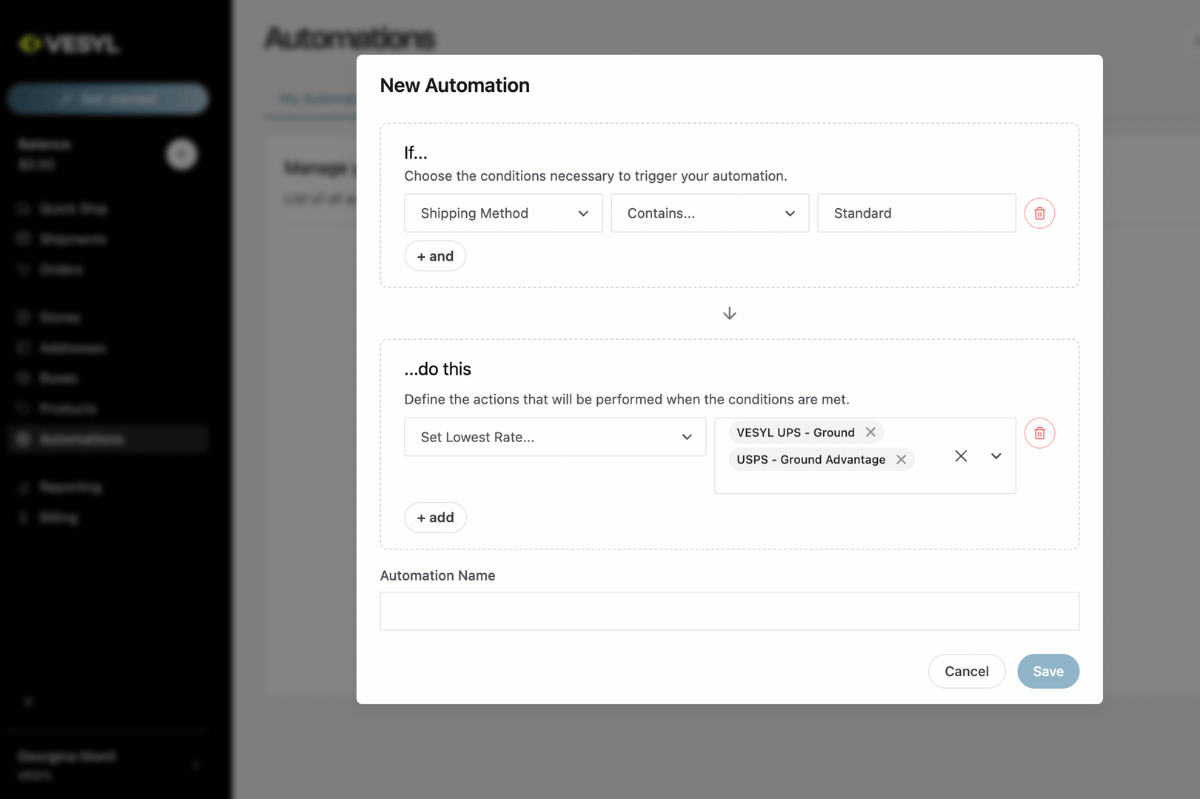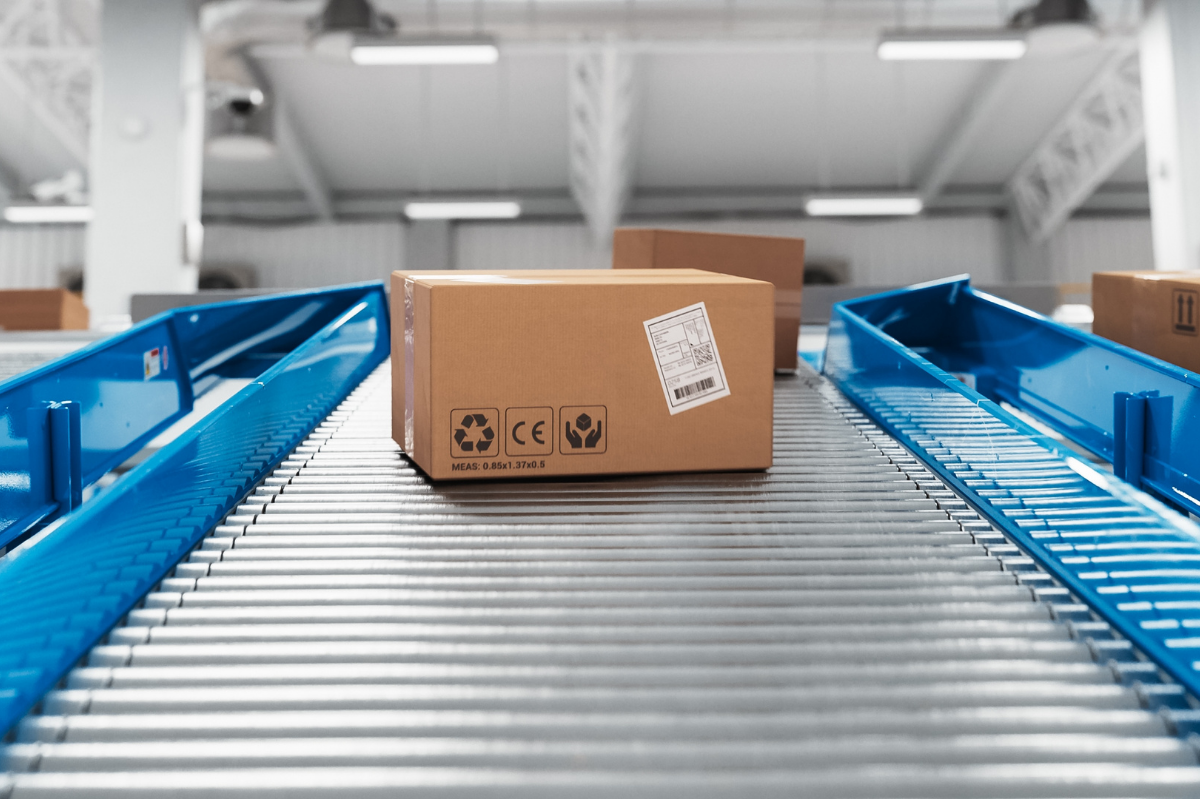For many growing ecommerce operations, shipping workflows are a patchwork of carrier logins, spreadsheets, and manual tasks. It starts as a quick fix. Then it sticks.
But as volume grows, that “just for now” process becomes a real liability—slowing down fulfillment, introducing costly errors, and limiting your ability to scale. These challenges include inefficiencies, delays, security risks, and operational obstacles that companies face with manual workflows. Companies that fail to adapt to automation continue to face these challenges, hindering their growth and leading to missed opportunities in cost savings and operational efficiency, while those that embrace modern solutions can unlock growth and avoid missed opportunities.
This article takes a closer look at what manual shipping is really costing you—and what a well-implemented shipping automation tool can unlock.
Why Manual Processes Still Linger in The Shipping Process
Manual workflows tend to persist because they feel familiar. You can see them. You can control them. But that level of involvement—copying tracking numbers, comparing rates across tabs, printing labels one by one—doesn’t scale. These manual tasks often include repetitive tasks that consume valuable resources.
In today’s fulfillment environment, where expectations are higher and shipping zones are broader, relying on human workflows to manage high-volume logistics simply isn’t sustainable. Dependence on manual methods like phone calls and spreadsheets leads to wasted time and prevents teams from spending less time on operational tasks.
Breaking Down Manual Shipping Costs
Manual doesn’t just mean slower. It also leads to increased costs, wasting money and resources across your operations. It means:
Manual processes can also negatively impact inventory management, inventory levels, and scheduling, causing further inefficiencies and operational bottlenecks.
1. High Labor Spend on Low-Value Tasks
Your operations team, including warehouse staff and managers, is spending valuable time on repetitive decisions—selecting carriers, keying in addresses, uploading tracking. These are rules-based tasks that systems can handle far more reliably and at scale.
2. Operational Bottlenecks Creating Missed Opportunities
Even small delays add up. If every order takes a few extra minutes to process, you’re losing hours per day—and during high-volume windows, the entire system slows down. Bottlenecks at dock doors caused by manual processes can further delay operations. That’s not just a productivity issue. It affects delivery promises and customer satisfaction.
3. Avoidable Errors on Repetitive Tasks
Manual processes lead to real-world consequences: incorrect labels, inaccurate packing slips, misrouted packages, carrier surcharges, and support tickets. Inefficient manual print labels processes further slow down operations and increase the risk of errors. Each one may be small in isolation, but errors in shipments and documentation can have a cumulative impact, collectively eroding your margins and brand trust.
4. Limited Visibility
When shipping data is spread across portals and spreadsheets, you lack the visibility needed to optimize. This fragmentation makes it difficult to compare rates across carriers and manage data from your store efficiently. It becomes difficult to answer simple but critical questions:
- What’s our cost per shipment?
- Which carriers are consistently hitting (or missing) SLAs?
- Where are we seeing the most delays or exceptions?
The Bottom Line: Impact on Customer Satisfaction
In today’s ecommerce landscape, customer satisfaction is the ultimate differentiator—and it’s directly shaped by the efficiency of your logistics operations. When manual processes slow down your shipping process, the effects ripple all the way to your customers’ doorsteps.
Manual Shipping Creates Customer Friction
Manual tracking, outdated processes, and disconnected systems often lead to missed deadlines, delayed deliveries, and a lack of real-time visibility. Customers are left in the dark about their order status, which can quickly erode trust and lead to negative reviews or lost repeat business.
Automation Delivers a Better Experience
Automated systems transform the customer experience. With real-time tracking and instant notifications, customers stay informed at every step of the shipping process. Automated label printing, rate comparison, and streamlined resource allocation mean fewer errors, faster delivery times, and lower shipping costs—all of which contribute to higher customer satisfaction.
Metrics That Matter for Customer Satisfaction
To truly understand and improve customer satisfaction, it’s essential to track key metrics across your entire supply chain, such as:
- On-time delivery rates
- Shipping costs per order
- Customer complaints and support tickets
- Return rates due to shipping issues
- Net Promoter Score (NPS)
Turn Data Into Loyalty
By leveraging real-time data from automated systems, you can pinpoint inefficiencies, make informed decisions, and continuously optimize logistics. This not only reduces human error and cuts costs—it builds trust and drives loyalty.
What Shipping Automation Actually Enables for an Ecommerce Store
Shipping automation isn’t about replacing your team—it’s about giving them tools to work more efficiently, cut costs, and improve supply chain management for any ecommerce business. Many automation tools also offer a free plan, allowing businesses to get started with minimal risk.
Here’s what you should expect from a well-integrated shipping automation tool:
Intelligent Carrier Selection
Instead of comparing rates manually, the system automatically chooses the optimal carrier and service based on your rules—whether that’s fastest, cheapest, or tied to customer tier or order value.
Integrated Label Generation
Labels are generated in bulk and triggered directly from your order system—no spreadsheets, no CSV uploads. It speeds up fulfillment and reduces the chance for human error.
Real-Time Tracking and Notifications
Tracking is updated instantly and pushed to both your ecommerce platform and your customers, keeping customers informed throughout the shipping process. That means fewer support tickets and better delivery transparency.
Clean, Actionable Data
You gain visibility into performance metrics that actually drive decisions:
- Cost per shipment by region or carrier
- SLA adherence and exception rates
- Fulfillment time by warehouse or zone
VESYL Automation: Smarter Shipping for Scaling Ecommerce Brands
When you're ready to make the leap, VESYL’s shipping automation tool delivers everything modern fulfillment demands and more.
With VESYL, you can:
- Automate repetitive tasks like carrier selection, label generation, and tracking updates, freeing up hours of manual work daily.
- Use conditional workflows to apply rules and triggers across carriers, destinations, order values, and more—no coding required.
- Centralize and streamline operations with automated shipping rules that span multiple warehouses, marketplaces, and carriers.
- Set dynamic conditions like:
- “If order weight is over 5kg, select fastest shipping.”
- “If shipping to California, use USPS Priority.”
- “Apply insurance if item value exceeds $200.”
- Monitor performance, exceptions, and real-time metrics from a single dashboard, allowing for faster troubleshooting and optimization.
- Integrate with top ecommerce platforms and marketplaces seamlessly, including Shopify, WooCommerce, BigCommerce, and Amazon.
Whether you ship 50 or 5,000 orders a day, VESYL’s automation engine grows with you, simplifying the complex and helping your team work smarter, not harder.

Are You at the Tipping Point?
If you’re consistently shipping 50+ orders per day—or managing multiple warehouses or carriers—or handling orders from your ecommerce store—you’re likely already past the point where manual workflows are costing more than they’re saving.
Some signs it’s time to automate:
- Fulfillment staff are overwhelmed during peak periods.
- You’ve experienced service level failures or chargebacks.
- You’re adding headcount just to “keep up” with shipping demand.
- You can’t calculate your shipping cost per order with confidence.
Final Thought: Efficient Shipping Isn’t Just Faster—It’s Smarter
Shipping automation doesn’t eliminate complexity—it helps you manage it intelligently. As ecommerce operations scale, efficiency comes from designing systems that make smart decisions automatically and surface data that informs better strategy.
Manual workflows may have worked in the past. But today, they’re slowing you down, introducing risk, and capping your potential. The brands that grow efficiently are the ones that address these issues early—and build infrastructure that supports scale, not just survival.
Related Topics
Learn how VESYL can save you money on shipping
Not sure which plan suits you best? Have questions about our software? Contact our sales team for expert guidance.

.png)

.png)
.png)


.png)